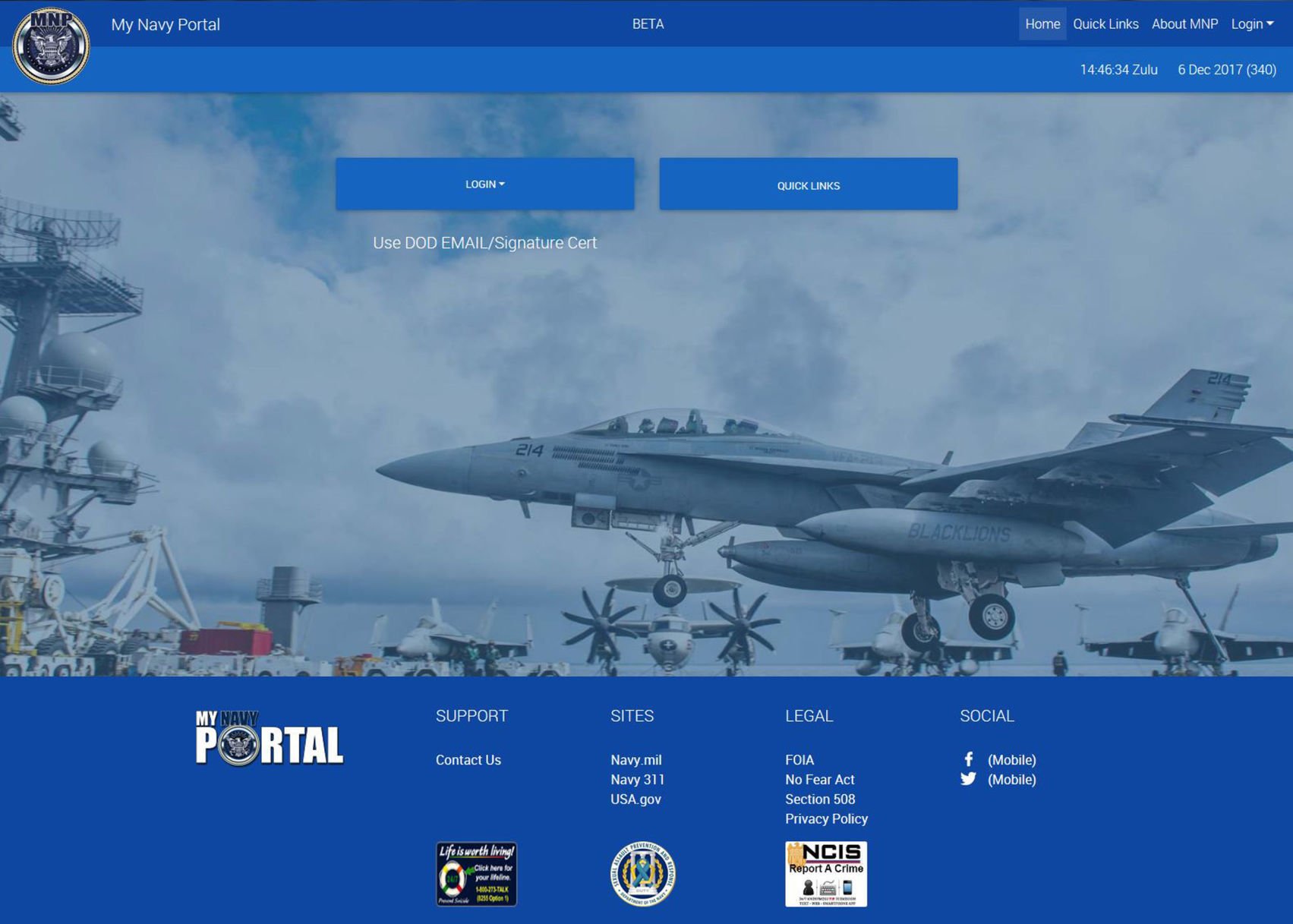

They were supported by two squadrons of the British Royal Navy in Australian waters.Īfter Federation, the Commonwealth of Australia took over the state defence forces. Sea Power Centre – Australiaīefore the federation of Australia's colonies, five of them maintained their own naval forces for defence. Before the warĪ cutter crew from the flagship HMAS Australia tends to one of the ship's hard-hat divers, circa 1913. Such would have been the price of a significant defeat at the hands of the German Navy. The only man on either side who could lose the war in an afternoon The blockade of Germany organised by the Royal Navy was a significant factor in the Allied victory. Churchill said that the commander-in-chief of the Grand Fleet, Admiral Sir John Jellicoe, was: Although German vessels sank many Allied merchant ships, Germany was wary of drawing the United States into the war. German exports from leaving Germany by seaĪt the same time, the German navy was unable to stop men and supplies coming from the Americas.food and essential raw materials from reaching Germany's industry and its people.Not by destroying the German Imperial Navy, but through the naval blockade of Germany.įor years, the Blockade of Germany stopped: The British Grand Fleet, which included the RAN, was vital in the defeat of Germany. This action electrified the nation.Īustralian vessels could be found around the world during the war, including: experiment with the use of planes at seaĮarly in the war, HMAS Sydney sank a German ship.do long routine patrols, essential to the blockade of Germany and enemy ports.escort convoys of merchant ships carrying supplies and troops.search for enemy raiders over thousands of miles of ocean.RAN ships and submarines worked with the Grand Fleet and other Allied navies to: Then RAN sailors and vessels served with different squadrons around the world, as requested by the British Admiralty. AWM H12595įor the first 6 months of the war, the Royal Australian Navy (RAN) fleet operated under one command.

Australia is ahead of her, with the store ship Aorangi to the left, in front of troop transport Berrima.The cruiser Sydney is at the extreme left. Australian warships and auxiliaries rendezvous off Rossel Island, New Guinea, on 9 September 1914, en route to Rabaul, New Britain.


 0 kommentar(er)
0 kommentar(er)
